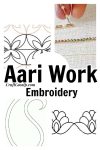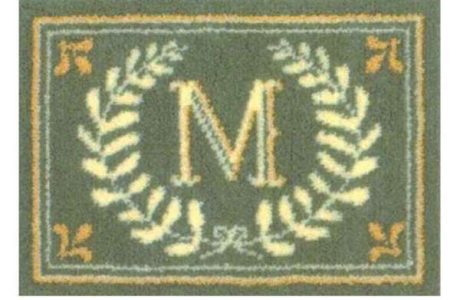
Smocking is an embroidery technique that is used to collect cloth in order for it to stretch. Smocking was extensively employed before elastic in cuffs, bodices, and necklines of clothes when buttons were not desired.
Smocking, which originated in England and has been done since the Middle Ages, is unique among needlework techniques in that it was frequently worn by laborers. Other popular embroidery patterns are primarily ornamental and depict status symbols. Smocking was used to make clothing that was both form fitting and flexible, and its name comes from smocking a farmer’s work shirt.
How to Do Smocking the Easy Way | TREASURIE
Simple DIY Ideas for Clothes: Smocking Tutorial by Diy Stitching
Here are some interesting smocking links to get you started Smocking – My Introduction
or if you need a little more visual help Everything Sewing has detailed video’s on how to smock and for all your supplies check out Creative smocking.
or crosseyedcricketsmocking all of which are great sources for supplies and design plates.
When it comes to preserving a traditional craft, learning to smock is definitely a step in the right direction. Not only is smocking an art form that takes patience and skill, but it is also very important for young people to learn.
There are many reasons why smocking is important. For one, it is a skill that can be used in a variety of different ways. Whether you are looking to create a garment from scratch or just need a repair done, learning to smock can come in handy. Additionally, smocking can be used as a form of self-expression. Whether you are looking to create a unique piece of clothing or just want to add a bit of flair to your wardrobe, learning to smock can be a great way to do so.
There are also a number of practical reasons why learning to smock is important. For one, it can be used to create repairs on clothing. Whether you need to fix a tear in a shirt or replace a seam, learning to smock can be a great way to do so. Additionally, smocking can be used to create garments from scratch. Whether you are looking to create a dress or a shirt, learning to smock can be a great way to do so.
Overall, learning to smock is a great way to preserve a traditional craft and to give young people the opportunity to create unique pieces of clothing. Not only is smocking an art form, but it is also a skill that can be used in a variety of ways. If you are looking to learn more about smocking, be sure to take a look at some of the resources available online.
What kinds of smocking exist?
Traditional English smocking, in which the cloth is marked with dots before being gathered into pleats with the dots as guidelines. The pleats are then maintained in place by embroidering on top before the gathering threads are removed.
North American smocking, in which the stitch pattern is used to control the fabric as it is pulled up rather than gathering.
Radial smocking is the process of drawing up a piece of fabric in the shape of a ring doughnut.
Smocking in North America in which the stitch pattern is used to manipulate the fabric as it is pulled up rather than gathering.
Smocking is popular in Italy. This is distinct in that the stitches connect the dots rather than creating a little thread at each.









[…] Smocking is an embroidery technique used to gather Read the full post Smocking 101 […]